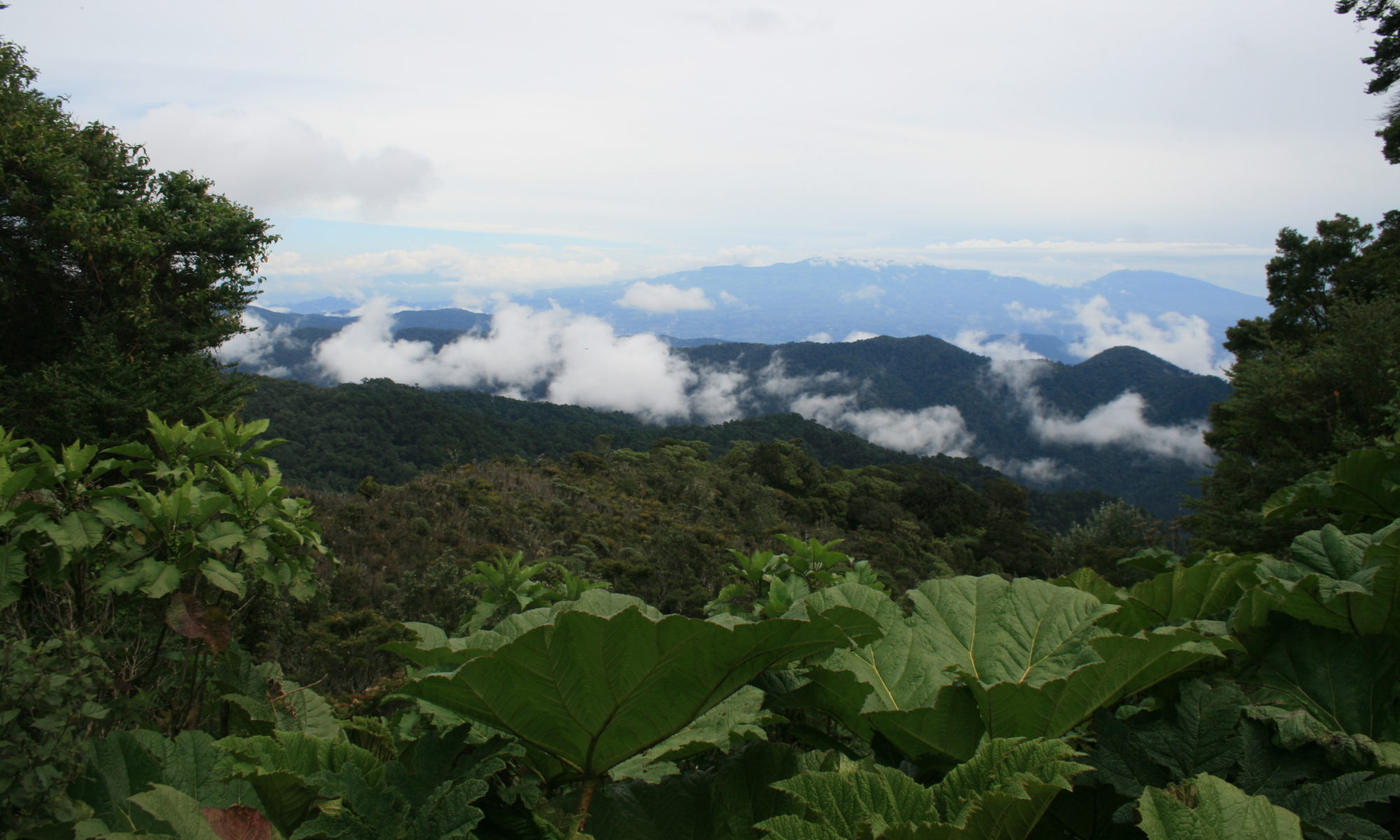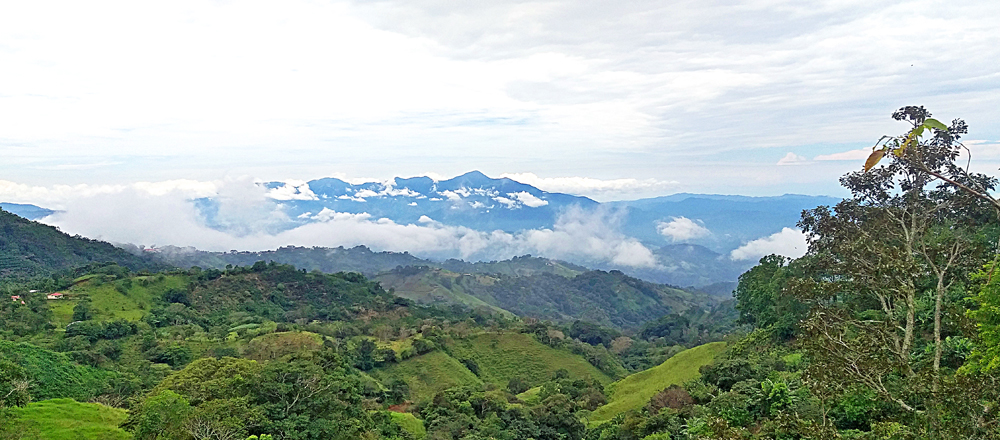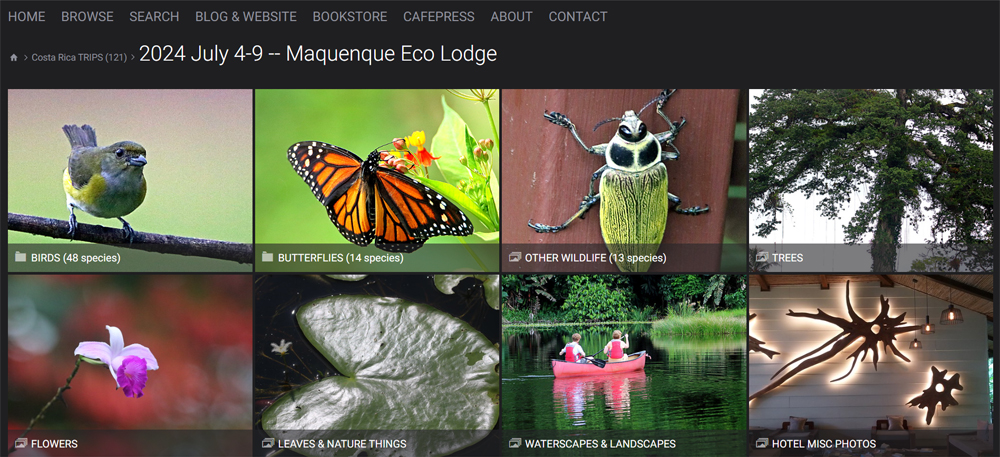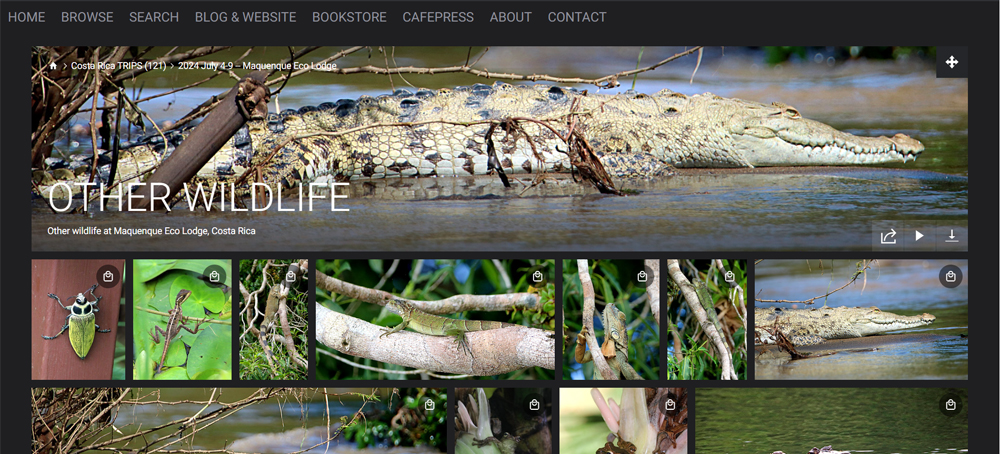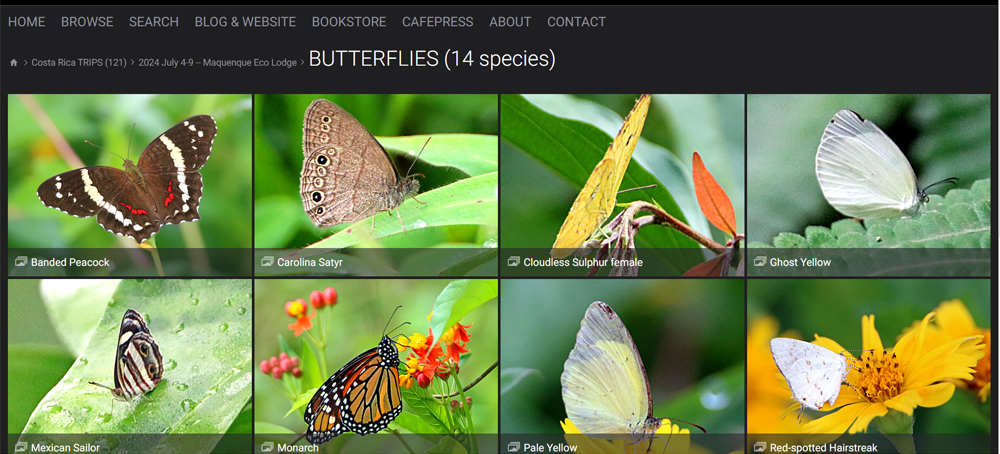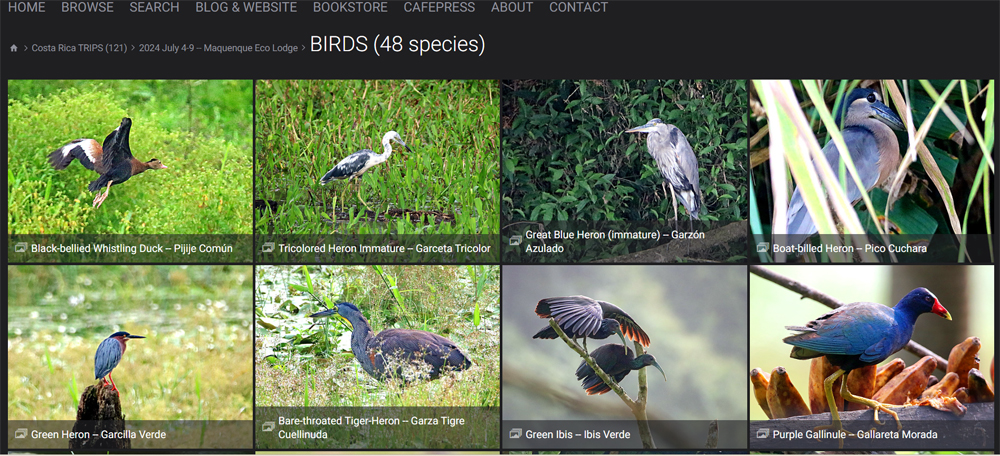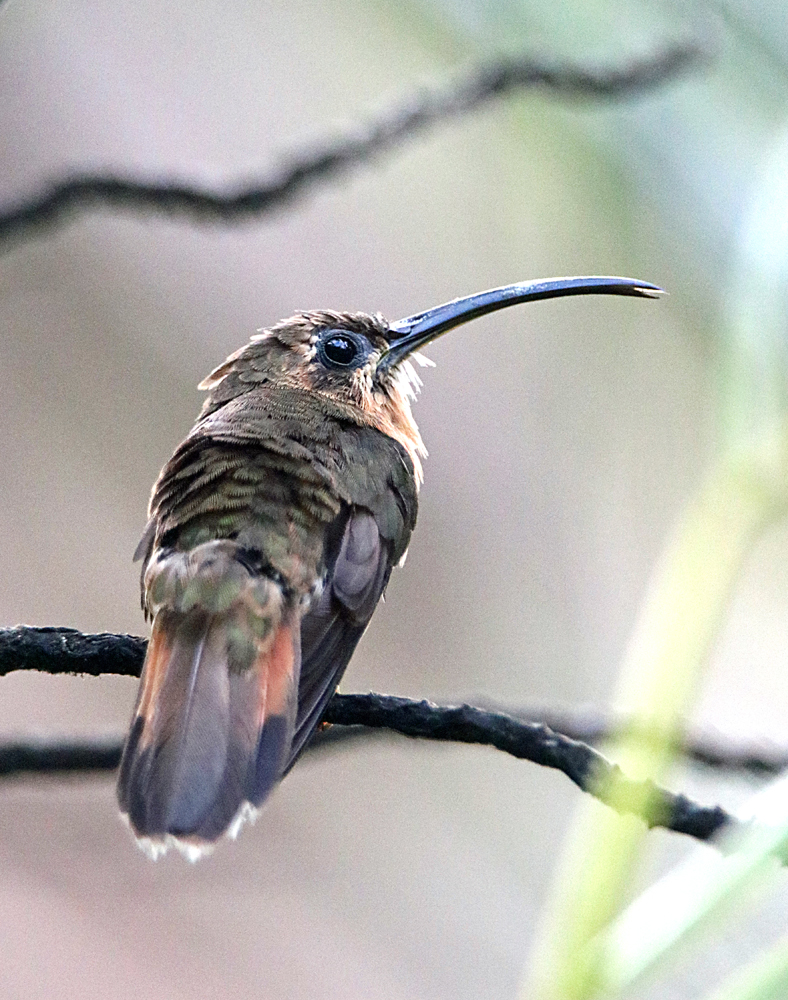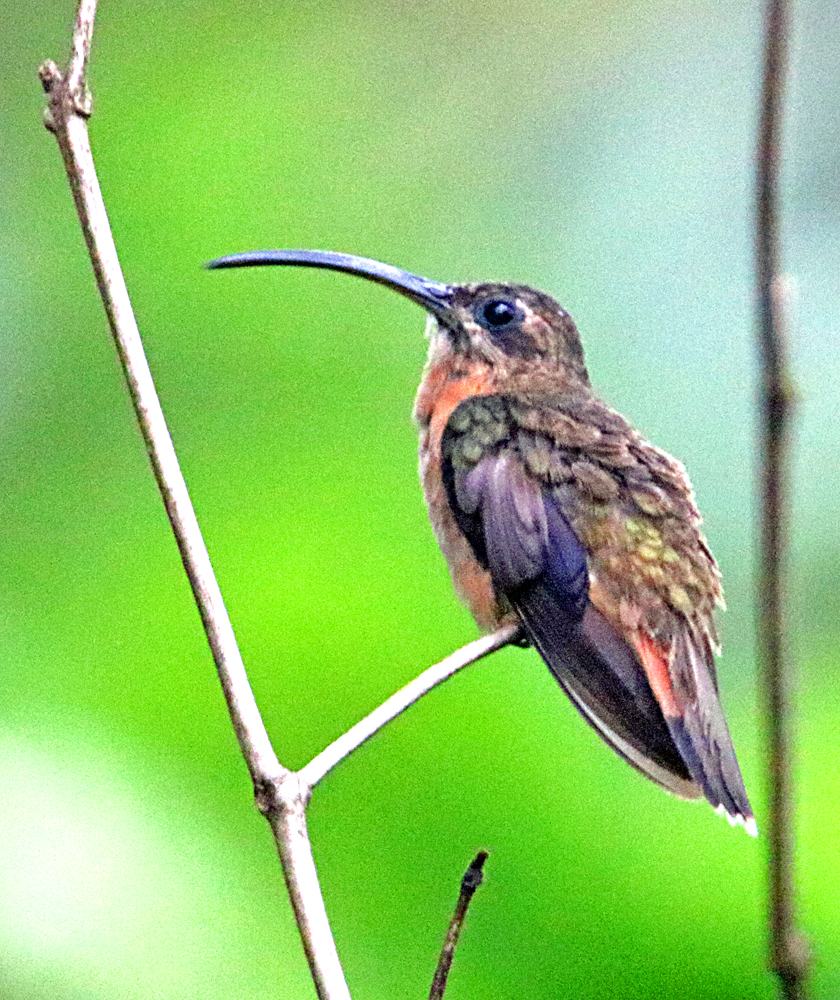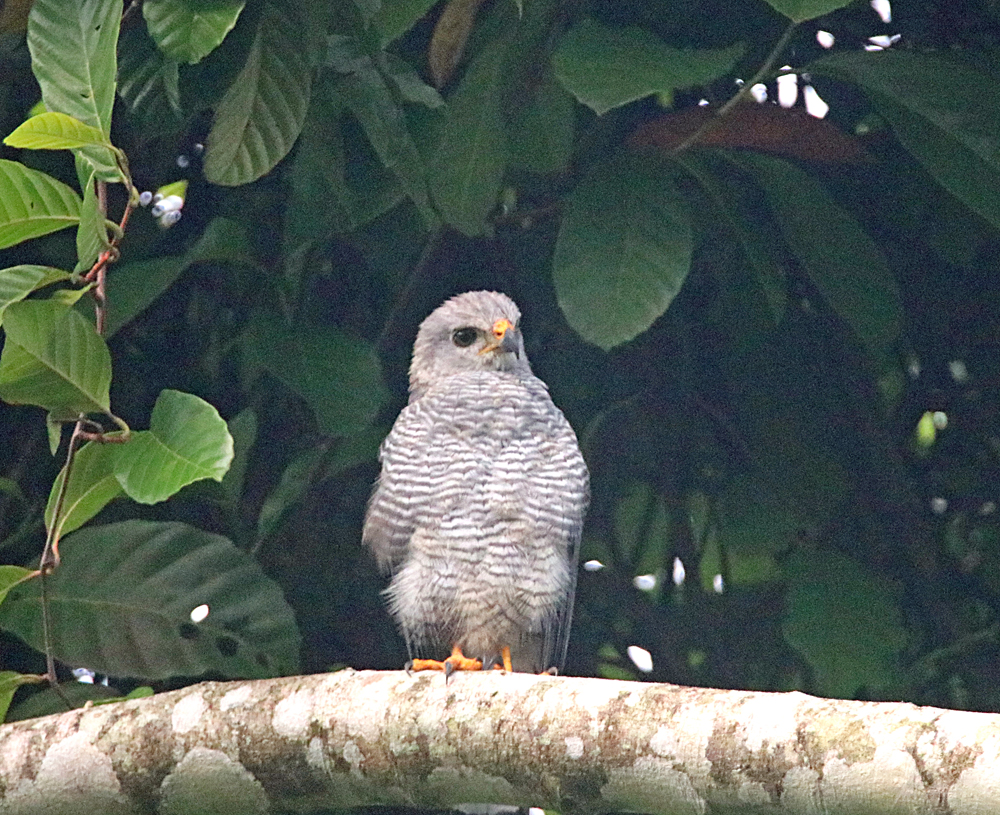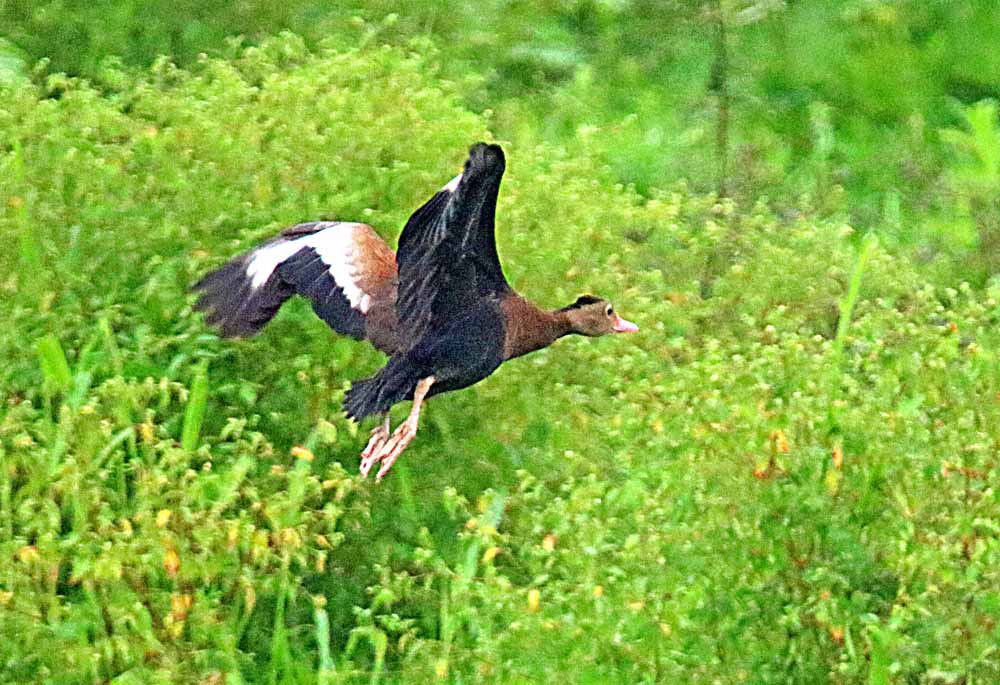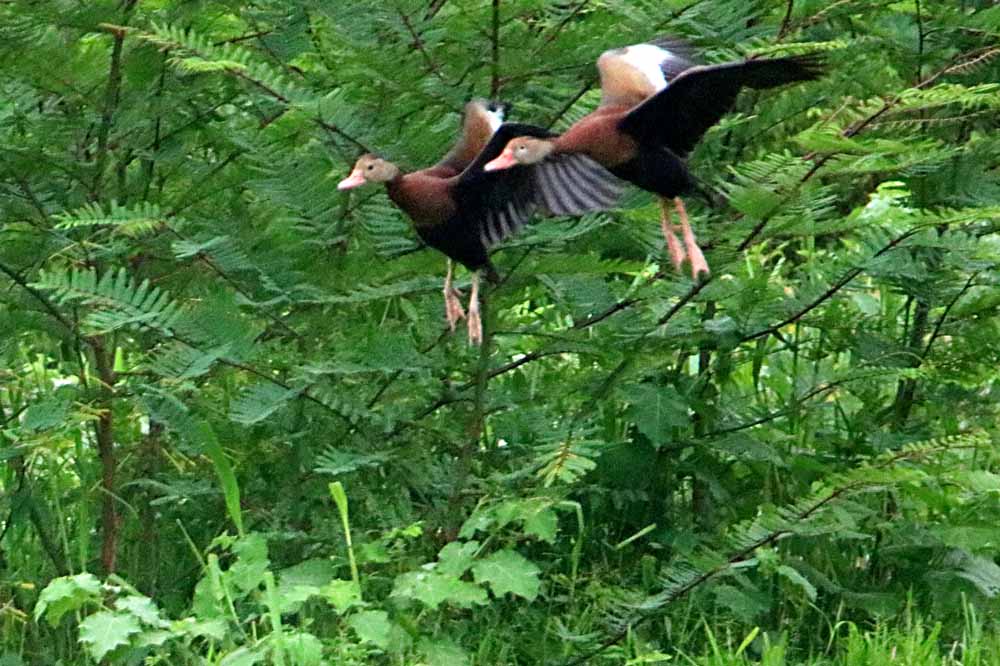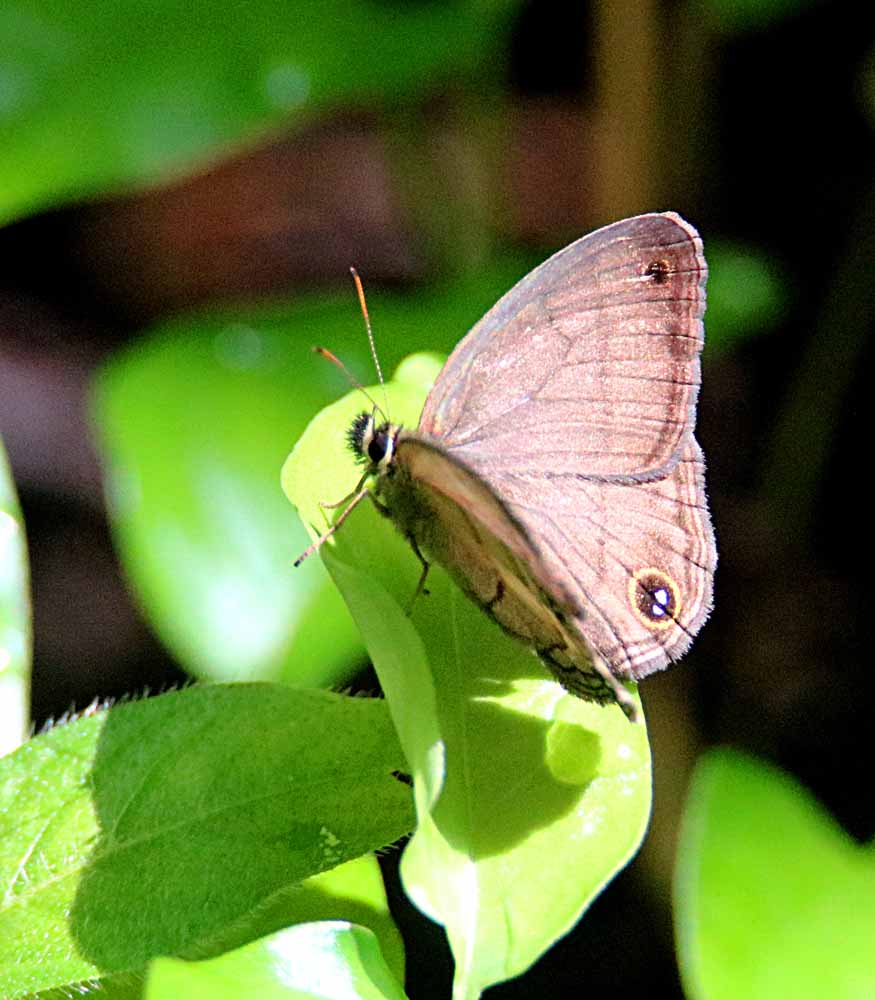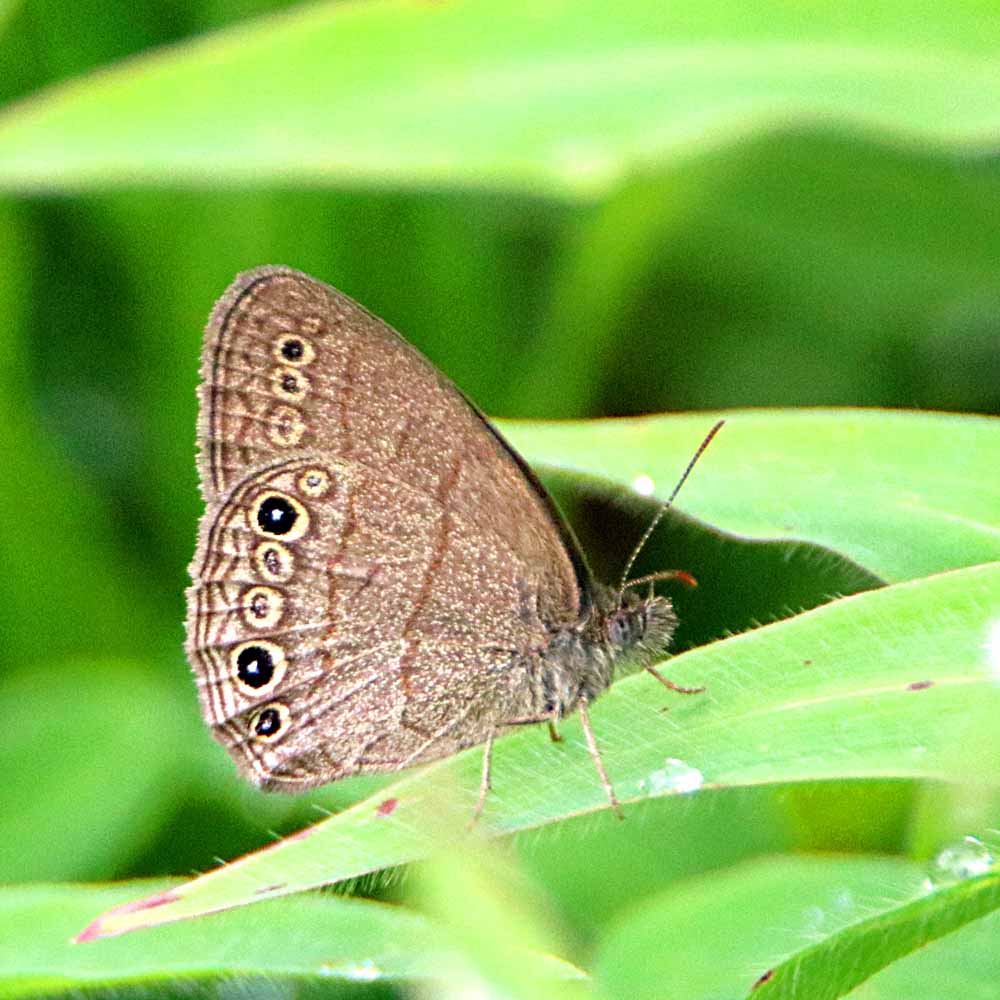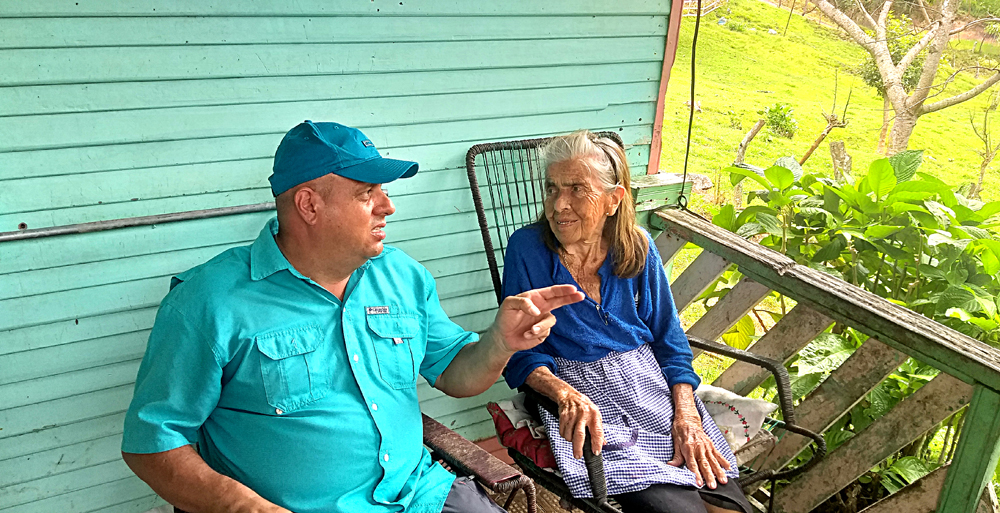
Two days ago Walter took me and another customer/friend to see the “Real” Costa Rica near the highest point in Atenas Canton where a high percentage of the people are his coffee-farming relatives, showing us his mountain-top lot with the view seen in the feature photo, along with meeting some of his relatives and going to the Atenas Highest Point Mirador, called “Piedra La Zopilota,” because the rocky outcropping of the mountain top is where vultures hang out and raise their children. 🙂 It is a steep mountain gravel road that required his 4-wheel drive vehicle to get there. I made a lot of neat photos of the gorgeous scenery, wildlife, lunch at a relative’s restaurant, and the three of us adventurers which you can see in the Trip Gallery: 2024 September 26 – Highest Point in Atenas. Check out these “real” Costa Rica coffee farming hills! It might even make you want to visit or move here yourself! 🙂
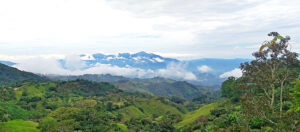
You might also be interested in these links . . .
- Google Search: good photos & Map on Mirador Piedra Zopilota.
- Wikiloc article: Vulture Stone Overlook with photos & map.
- Municipality of Atenas article and photos.
- And a YouTube video:
¡Pura Vida!
Note: Walter is my best friend in Costa Rica, also my driver, translator, healthcare assistant at most doctor appointments, and thus sometimes substitute son! There are multiple pix of him in the above linked Gallery and a few of me and Julia, his other friend on this day trip. 🙂
Postscript: Architect’s Drawings of the future mirador
Facebook page with several images like this . . .
Read more: Highest Point in Atenas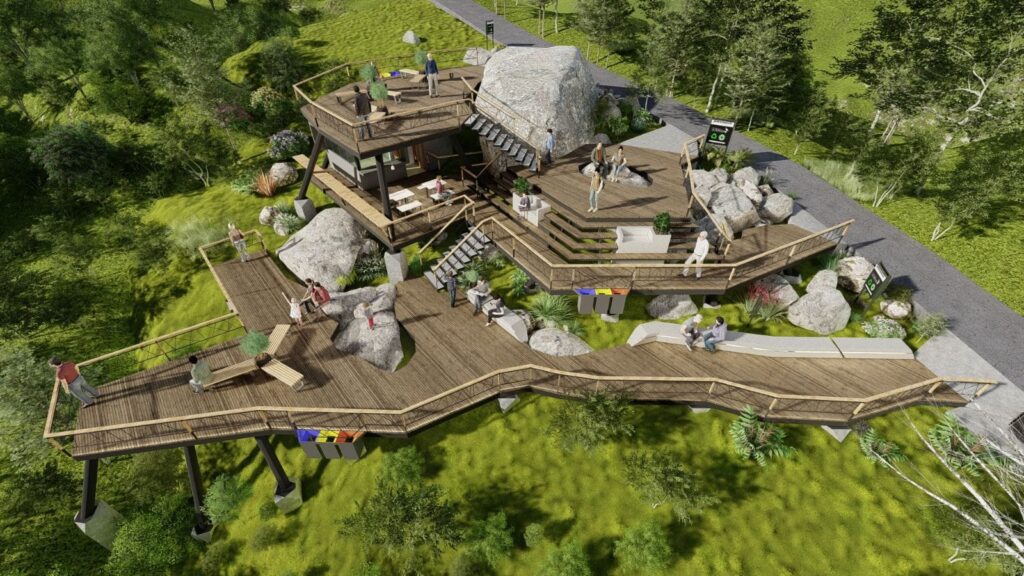
¡Pura Vida!
